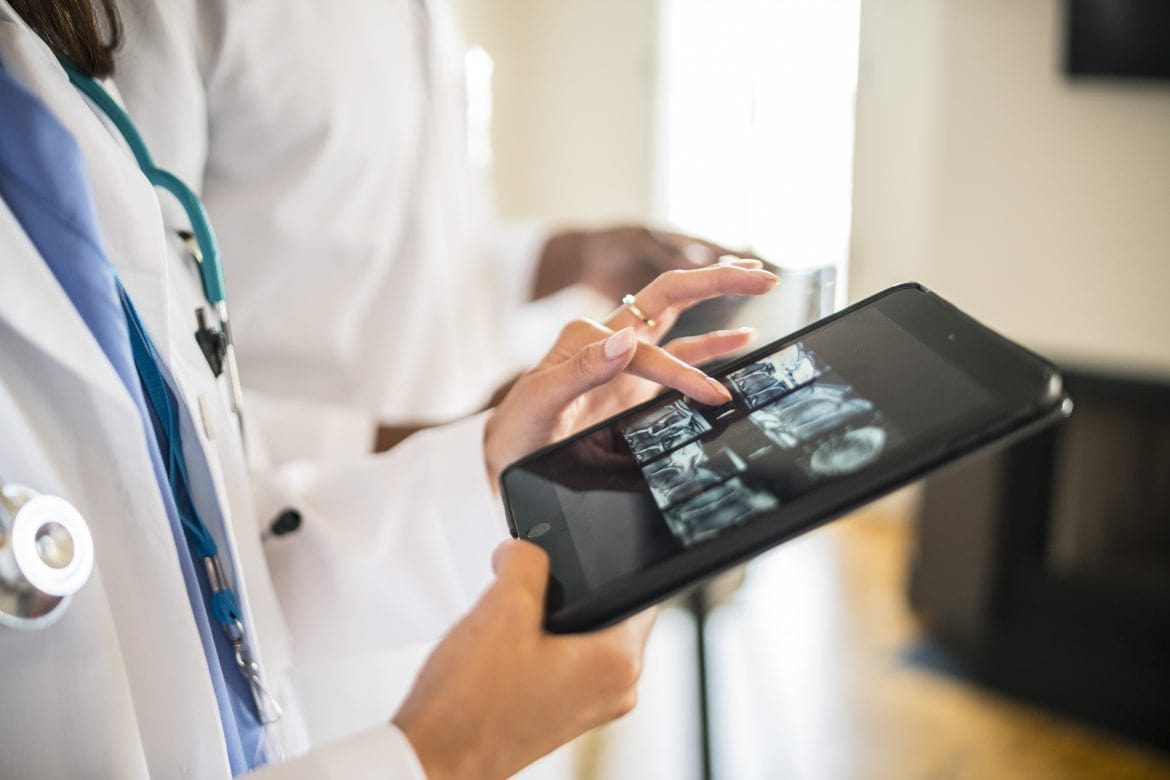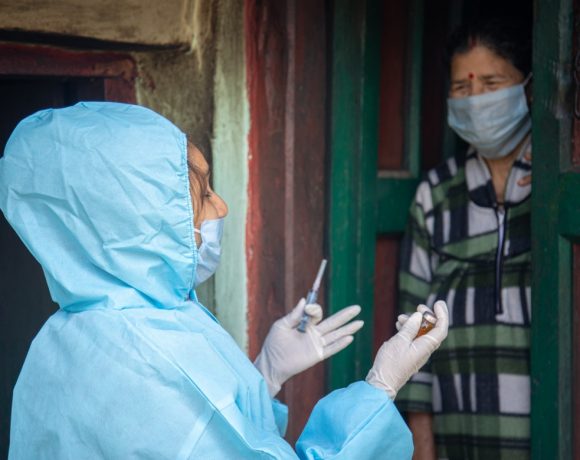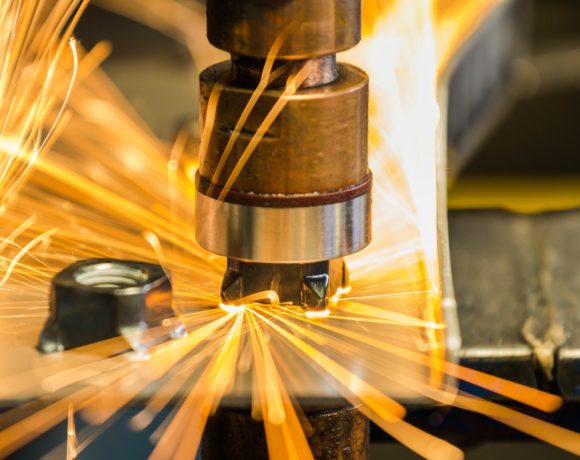- Stem cell therapy is not generally insured in India. But insurance companies have freedom/flexibility to customise their insurance plan for certain clinical conditions, such as autologous bone marrow transplantation for aplastic anemia, leukemia, or epithelial therapies for corneal disorders. Any other clinical use of stem cells may be considered “experimental”, hence, cannot be covered by the insurance companies.
- Choosing the right model for drug testing will open up great possibilities for Personalised Medicine. For example, 3D tissue engineered tumours have great potential to be used for preclinical drug screening and understanding pathways in cancer.
- Strength of India’s research ecosystem are strong education, good English writing skills, expertise on synthetic chemistry, biology, artificial intelligence, molecular biology and biochemistry. There is a great, unexplored potential to collaborate in clinical research with Switzerland, as Indian surgeons are highly experienced due to the availability of large numbers of patients.
In India’s fast growing biotechnology sector, tissue engineering is a small yet relatively important field of research with immense market potential. But how far has India progressed in this field of study? In a conversation with swissnex India’s Lifescience Project Manager, Aparna Kumaraswamy, MAHE award-winning researcher and professor, Dr. Sourabh Ghosh, talks about the work being done by his laboratory, the current status and future directions of stem cell research, regulatory issues, market adoption and the future roadmap for tissue engineering technologies in India.
Tell us about your interests in disease models.
Despite the rigorous efforts of tissue engineers over the last three decades, very few of the tissue-engineered products could achieve success in human clinical trials. Major bottlenecks for using such engineered constructs for organ transplantation are limited understanding about complex biological functionality of human tissues and immune response to biomaterials and engineered tissue constructs. Rather than aiming to replace damaged/diseased human organs, my main focus is to use these relatively simple tissue-engineered constructs as in vitro disease models, to recapitulate at least a few selected pathophysiological features. These engineered disease models could be utilized for drug development, testing and extending the understanding of human diseases.
How do you envision stem cell technology adoption in India? Regulations are needed to prevent deception. But, will that hamper research?
Stem cell research in India is currently classified into three categories.
Permissible – Research involving establishment of ESC and iPSCs and their use for in vitro experiments;
Restrictive – Research involving human pre-implantation embryos processed during IVF, as well as Somatic Cell Nuclear Transfer to derive ESC lines;
Prohibited – Research involving human germ-line gene therapy and reproductive cloning.
Surprisingly, looking at the statistics, it becomes evident that while 17% of the world population is contributed by India, leading to the worldwide disease burden of 20%, only 1.2 % of the total clinical trials of the world are performed in India. The reasons are the frustratingly slow approval process for the pre-clinical and the clinical research. Regulatory and ethical issues are obligatory to establish a mandate on animal and human trials, but lack of clarity and bureaucratic formalities contribute majorly to the slow progress in the field.
Your inventions overcome a crucial issue in substrate stiffness for cell culture (cell culture requires cells that grow on substrates of specific hardness for best morphology). How do you see your technology transforming stem cells culture systems?
Culturing cells on 2 dimensional (2D) polystyrene petri dish modulates cell morphology, gene expression, protein productions drastically. As a result, these culture conditions fail to replicate 3dimensional (3D) like tissue microenvironment that cells encounter inside the human body. Engineered 3D constructs can better recapitulate cell-cell and cell-extracellular matrix (ECM) interactions. Nevertheless, the current 3D constructs are mostly based on 3D porous or 3D fibrous scaffold matrices that still lack reproducibility in terms of arrangement of pores or fibres. Thus, the cells cultured on such random pores and fibres lack the in vivo like cell and ECM orientation.
It is important to mention here that current preclinical drug testing is carried out on such 2D monolayer cultures due to their ease and reproducibility. But most commonly, dramatically different results are obtained in later stages, during animal or human clinical trials. Huge amounts of time and funds are wasted for this reason.
I firmly believe that the establishment and utilization of 3D Bioprinted in vitro disease model systems, rather than these traditional systems, would be an ultimate solution to this problem. Such 3D bioprinted disease models offer reproducibility, as well as precise cellular and ECM arrangement and thus offer prospects to recapitulate conditions more relevant to anatomical features.
Current stem cell technologies and procedures are expensive and not covered by insurance in India. How do you see the pricing affecting uptake?
Currently, stem cell therapy is not generally insured in India. But insurance companies have freedom/flexibility to customise their insurance plan for certain clinical conditions, such as autologous bone marrow transplantation for aplastic anemia, leukemia, or epithelial therapies for corneal disorders. Moreover, clinical application of stem cells need approval from few committees, namely the Institutional Committee for Stem Cell Research and Therapy (IC-SCRT), institutional research ethics committee, and the Drugs Controller General of India (DCGI). Any other clinical use of stem cells may be considered “experimental”, hence, cannot be covered by the insurance companies.
How do you see indigenous technologies in tissue engineering overcoming price barriers in current treatment techniques?
The use of 3D Bioprinted human cell based disease models can help to overcome the price barriers and regulation barriers, by providing a platform for cost-effective drug testing, with high preciseness and reproducibility. The current drugs are tested on animals and thus contribute to increase in the cost of testing, maintaining the animal facility, leading to enormously high cost for drug development. Moreover, failure of the newly developed drugs at the clinical trial phase due to translational differences amongst animals and humans leads to wastage of time and money worth millions of dollars.
There could be many strategies for any company to reduce the price of tissue-engineered products. For example, there should be a provision of passing the financial benefit brought by commercialization to the donor/community, providing a real incentive to adoption of such technologies. Various innovative financial models are being adopted by international companies, such as subscription model, payment over time, to bypass high upfront cost for cellular clinical therapies. Tissue engineering community needs to embrace such strategies to make tissue engineered therapies affordable.
What are the areas of maximum impact in tissue engineering immediately foreseen?
For the last two decades, tissue engineered products were targeted for organ transplantation. But I believe the best use would be to establish in vitro disease models. That would help in asking the right questions in the right context.
A major challenge in the translation of tissue engineered products to the market is various regulatory and ethical hurdles. But there is no such issue of regulatory/ethical clearance in the use of tissue engineered disease models since they are used in vitro (and not for implantation in the human body). Further, there is a huge blanket ban on the use of animal models for the testing of cosmetics (and related bioactive molecules) in European Union, as well as various countries including India.
Choosing the right model for drug testing will open up great possibilities for Personalised Medicine. For example, 3D tissue engineered tumours have great potential to be used for preclinical drug screening and understanding pathways in cancer, particularly changes in gene and protein expression that lead to outcomes such as malignant phenotype, acquired drug resistance, and metastatic potential. This strategy is going to be transformational for Indian healthcare sector very soon, as Department of Biotechnology, Government of India, has recently initiated the first phase of the Genome India project, through which the genomic data of 10,000 Indians will be catalogued. Efforts for establishment of in vitro disease models of cancer and rare genetic diseases should fringe benefit from such genomic information.
Is the market receptive to such innovations? Are companies actively interested in developing novel technologies and sourcing them out (aspect of tech spin offs adoption), particularly in India?
India has become a global leader in the field of biosimilars, generic drug manufacturing. There are many activities to develop bio-pharmaceuticals, enzymes, novel molecules like antibodies, antibiotics. Many pharmaceutical companies in India have approached me for developing human cell based 3D bioprinted disease models for drug and cosmetic testing.
From your perspective, what are the biggest synergies across Indian and swiss research ecosystems?
Strength of India’s research ecosystem are strong education, good English writing skills, expertise on synthetic chemistry, biology, artificial intelligence, molecular biology and biochemistry. India should leverage that base and build innovation based on that.
There is a great, unexplored potential to collaborate in clinical research with Switzerland, as Indian surgeons are highly experienced due to the availability of large numbers of patients.
Research–industry collaboration is a common practice in Swiss research ecosystem. Swiss companies offer master’s projects, internships often leading to a joint publication, or joint project. That culture is still not well established in India, and therefore, makes India fertile ground for future initiatives and innovation translation.
Where are the biggest collaboration areas and the biggest stumbling blocks between Swiss and Indian systems?
In Swiss Universities, most of the projects are targeted by a multidisciplinary approach. In India, most of the projects are still individual PI-centric. In India, efforts should be made to introduce the culture of internationalization in research projects. Current efforts are being made to resolve “Blue sky” problems by forming large network collaborations.
There is a mind set to develop cheap, affordable products in India. India needs more deeptech startups with high-tech engineering innovation. Tissue engineering products cannot be cheap and our focus should be to develop more biologically relevant and clinically effective products.
As a proponent of agile research, how do you advocate that researchers leverage their strengths to make a commercial connection?
It is important for tissue engineering researchers to take their research ideas and translate it to clinics and industries. But I think our focus should be on a product-oriented approach to build a commercial connection. In vitro disease models, organ-on-a chip, should be a more commonly used system in Biotech and bio-pharma industries. In that context, increased industry-academia collaborations will be a win-win for both.
Once we bring in the relevance to society into our research, and generate solid scientific expertise, establishing a startup company is a very good avenue to take these solutions to the market.





NO COMMENT